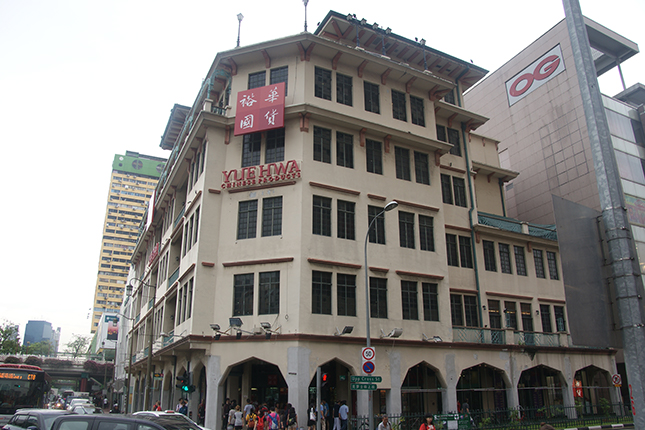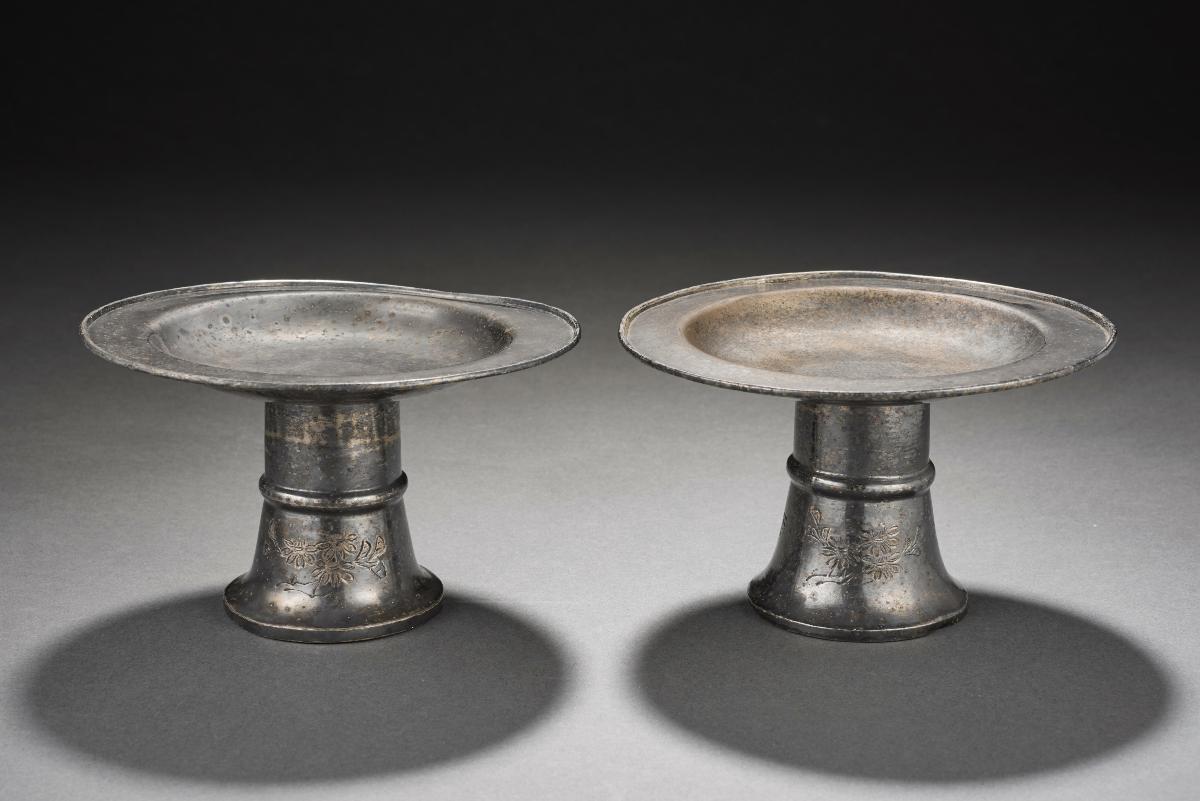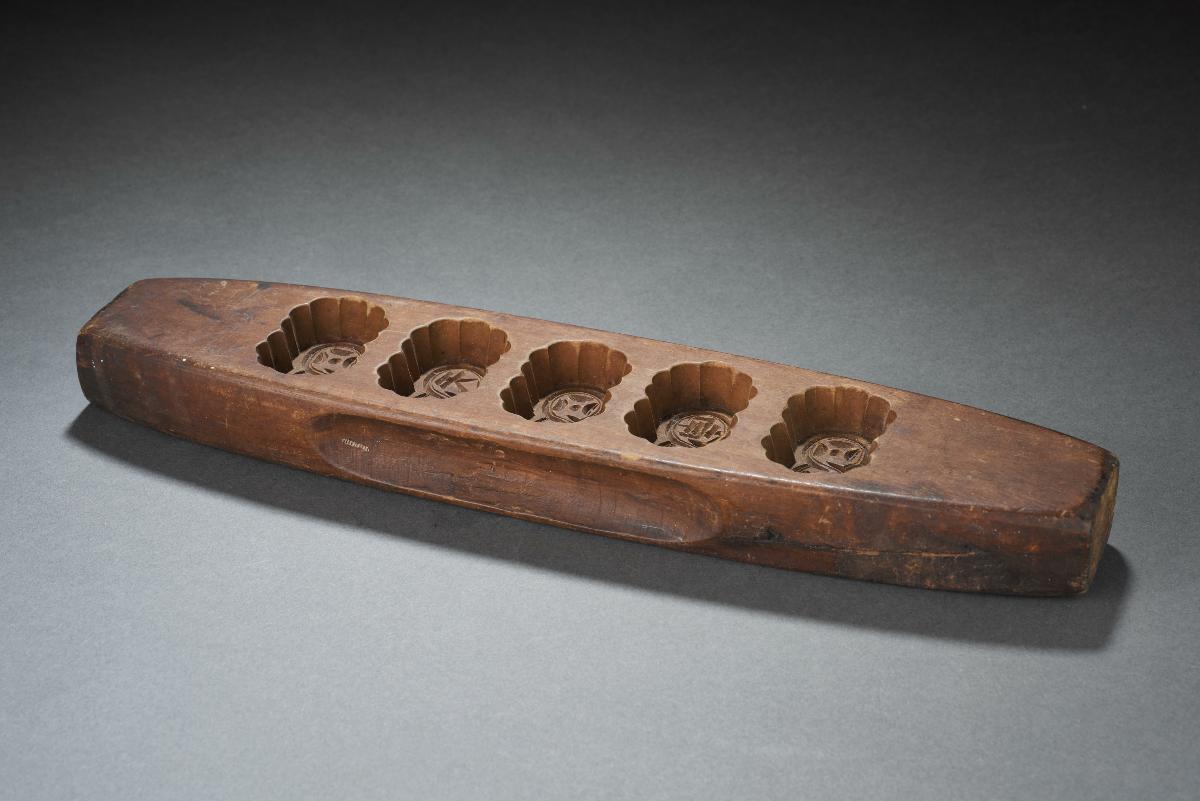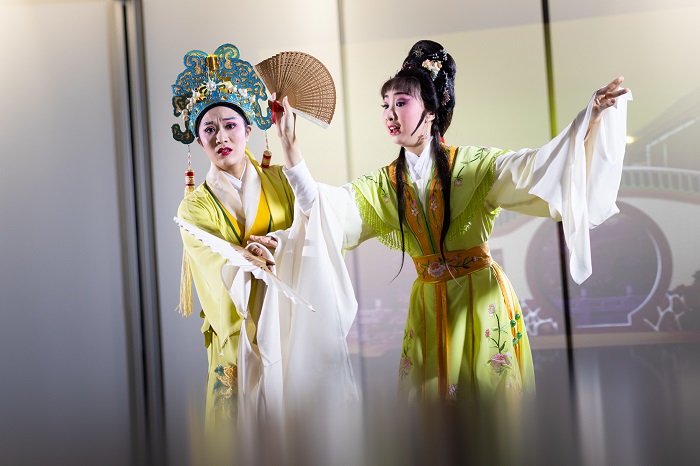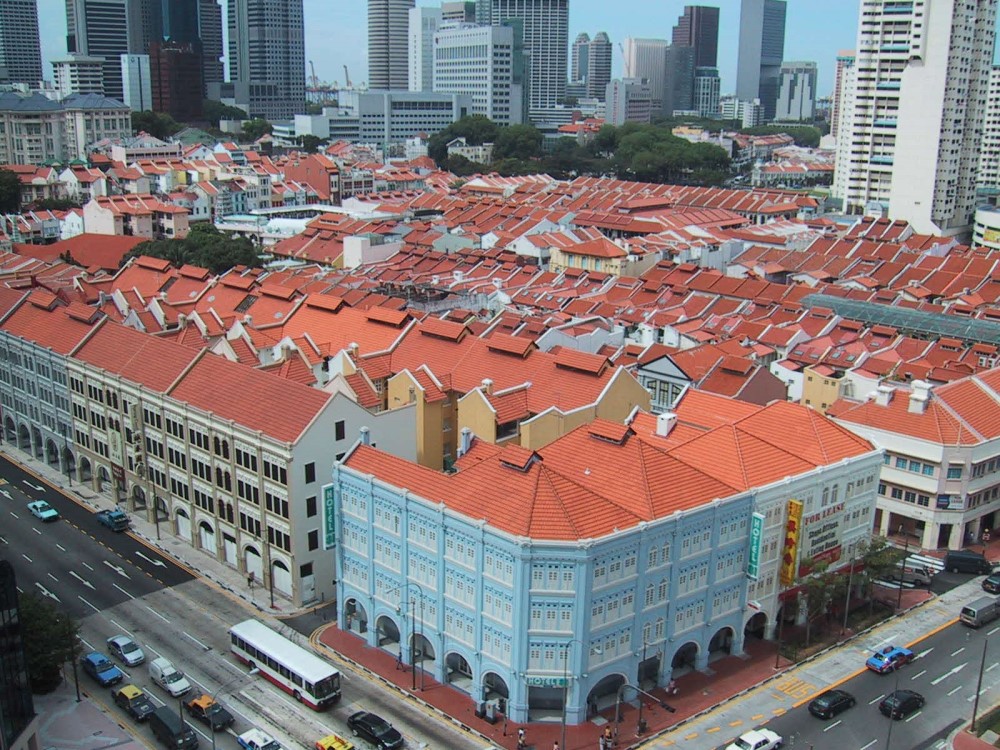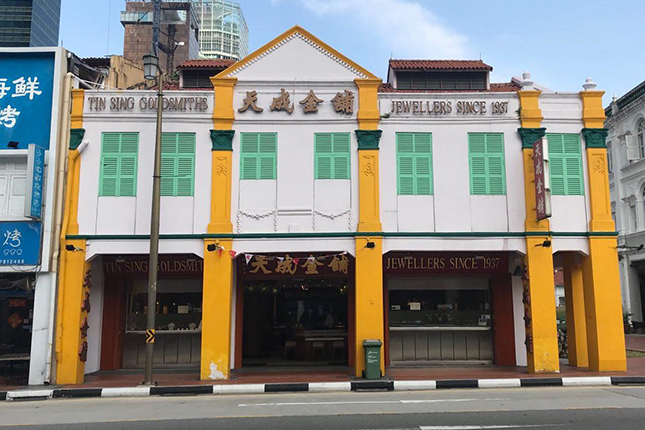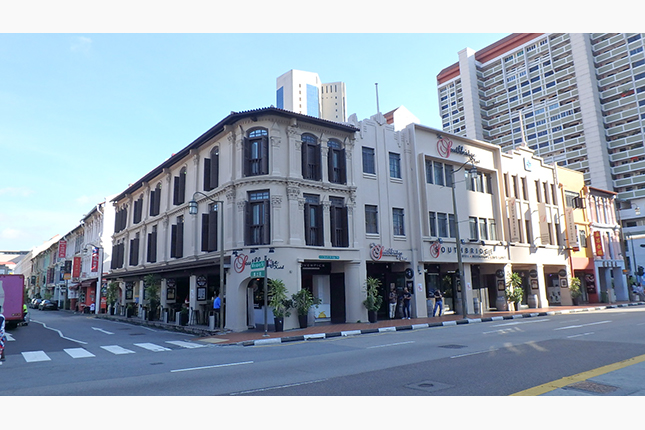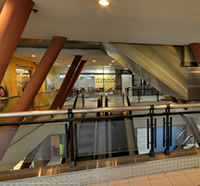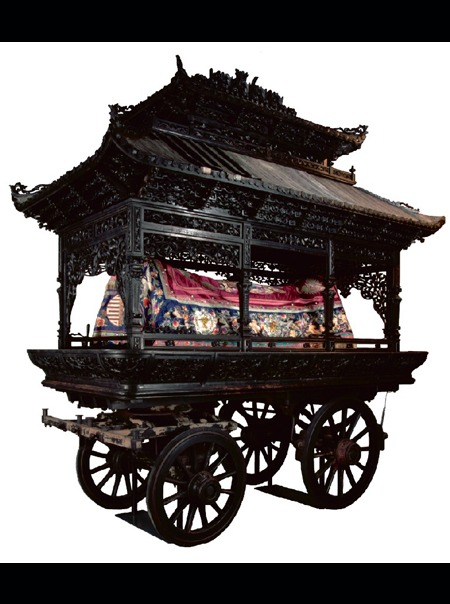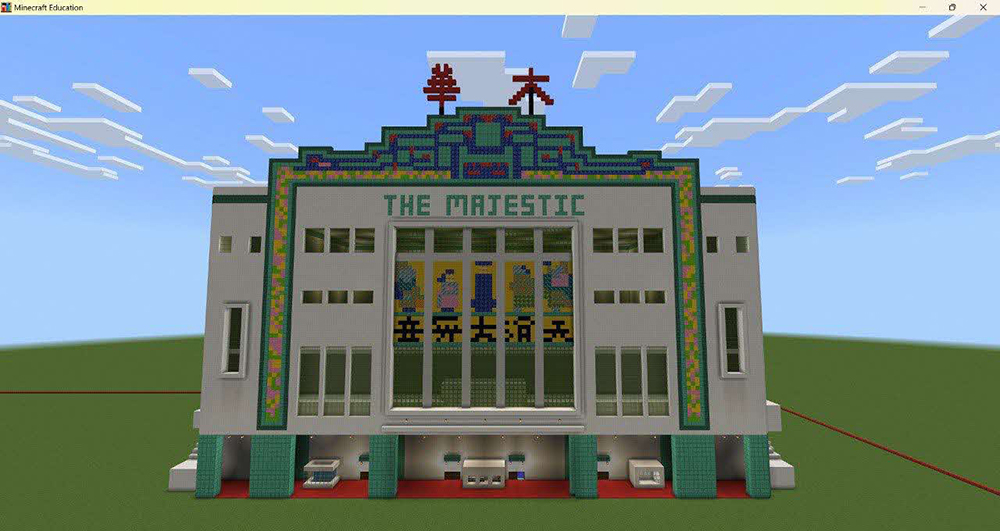Located at 70 Eu Tong Sen Street, the Yue Hwa Chinese Products Building has weathered through the evolution of the Chinatown historical district.
Constructed in 1927, this building was named “Nam Tin(南天)”, which means “Southern Sky” in Cantonese. Perhaps this was an allusion to its towering prominence; reaching up six stories high, Nam Tin was the tallest building in Chinatown at the time.
Built and designed by reputable architectural firm Swan & Maclaren, the structure’s design was heavily inspired by the Modern Movement of the time. A limited budget kept trimmings to the minimal simple ledges and projecting canopies adorn its large windows.
Bold, horizontal lines span across a plain-looking façade, alternated with vertical recesses to add to its visual dynamics. On the upper floors, wrought iron arches and double-lamp posts were added as embellishments, creating a chic appearance that was very fashionable in the 1930s. The building’s functional architectural design is a statement of early modern Singapore architecture.
Once owned by Lum Chang Holdings, Nam Tin building was leased to several tenants— principally the Great Southern Hotel. The opening ceremony was carried out with much fanfare on 5 February 1927, which included distinguished guests such as the Acting Consul-General of China.
In some ways, the Great Southern Hotel brought many firsts to Singapore’s hospitality industry. The hotel was equipped with a lift—a rarity and source of wonderment during the 1920s. Additionally, this was the first prestigious hotel to cater specially to Chinese travellers; other deluxe hotels at the time were typically catered for Westerners.
The building was designed for lease to different tenants. Aside the Great Southern Hotel utilising the second and third floors as guest sleeping accommodation, the popular Nam Tin Restaurant, famed Southern Cabaret nightclub and a roof garden tea house occupied the fourth, fifth and sixth floors respectively. The ground floor was reserved for office and shops.
As business waned, the building was bought over by Yu Kwok Chun, a Hong Kong businessman, who converted Nam Tin into the flagship store of Yue Hwa Chinese Products. The extensive renovation works—costing $25 million dollars and spanning four years from 1994 to 1998—opened the building’s interior space to fit its new function as a departmental store. Its external facade—gazetted by the Urban Redevelopment Authority (URA) for conservation—was lovingly retained and restored. Thus, the present-day building, as it stands at 70 Eu Tong Seng Street, has been accurately conserved to reflect the Chinatown of old.
This is a conserved building(s) by the Urban Redevelopment Authority (URA), please visit URA’s Conservation Portal for more details.
Buildings and sites featured on Roots.SG are part of our efforts to raise awareness of our heritage; a listing on Roots.SG does not imply any form of preservation or conservation status, unless it is mentioned in the article. The information in this article is valid as of October 2019 and is not intended to be an exhaustive history of the site/building.




